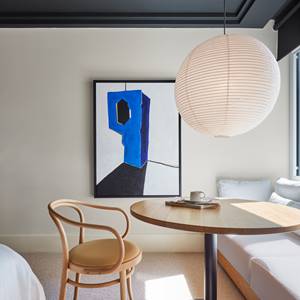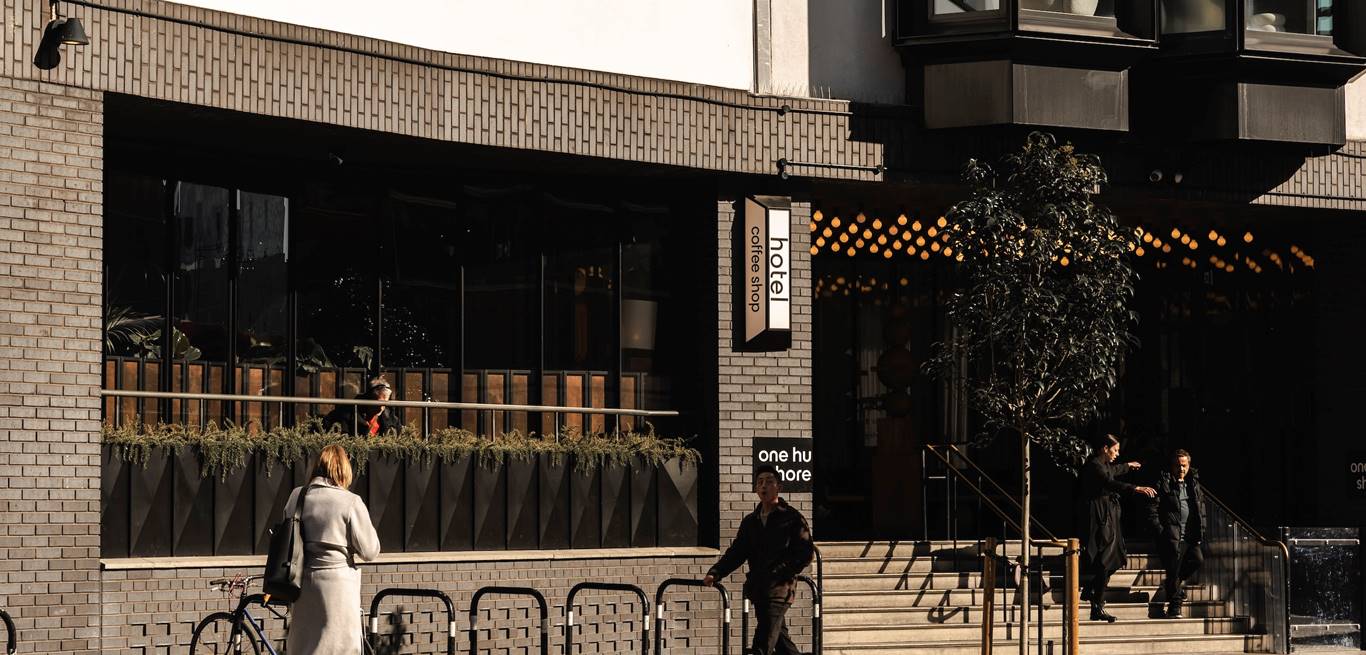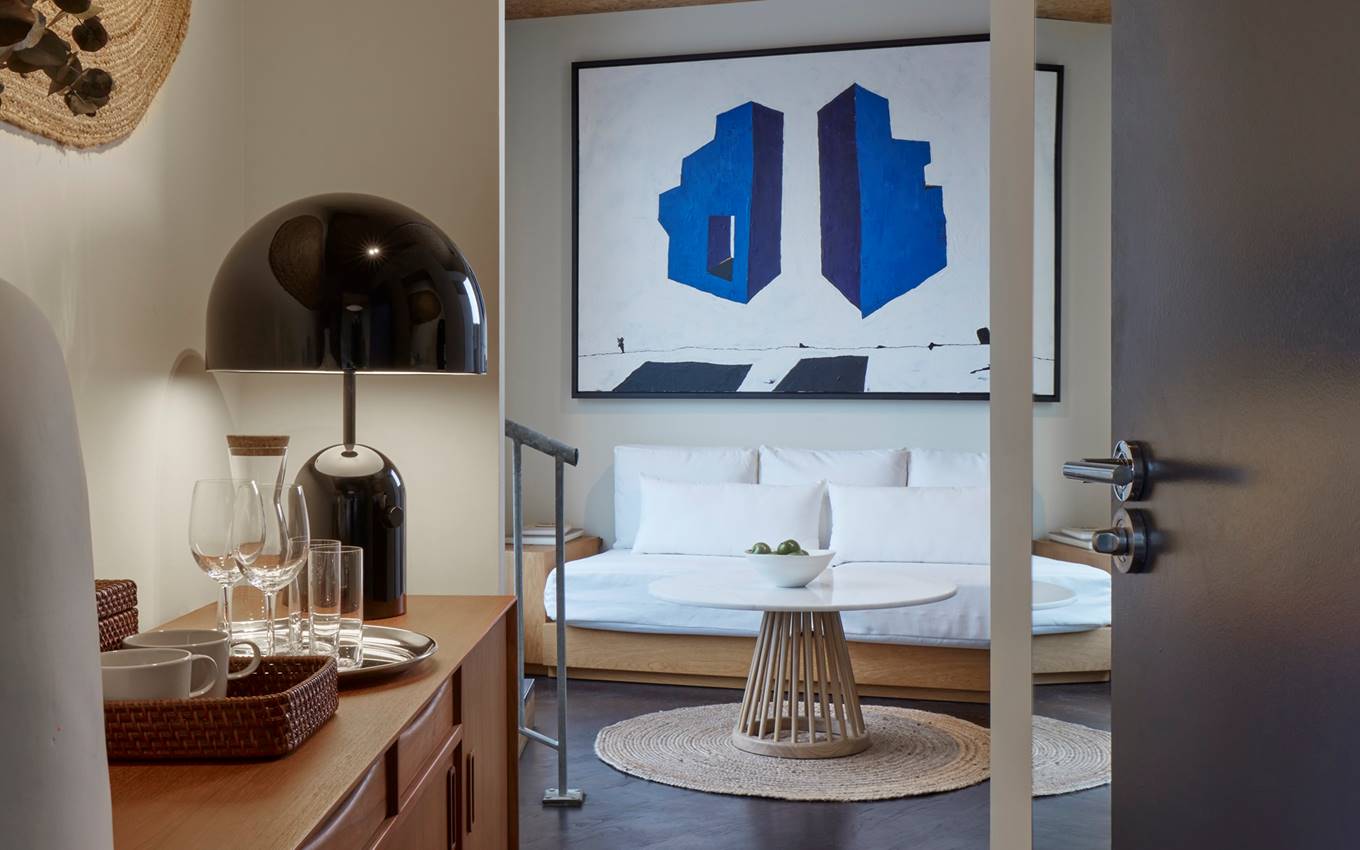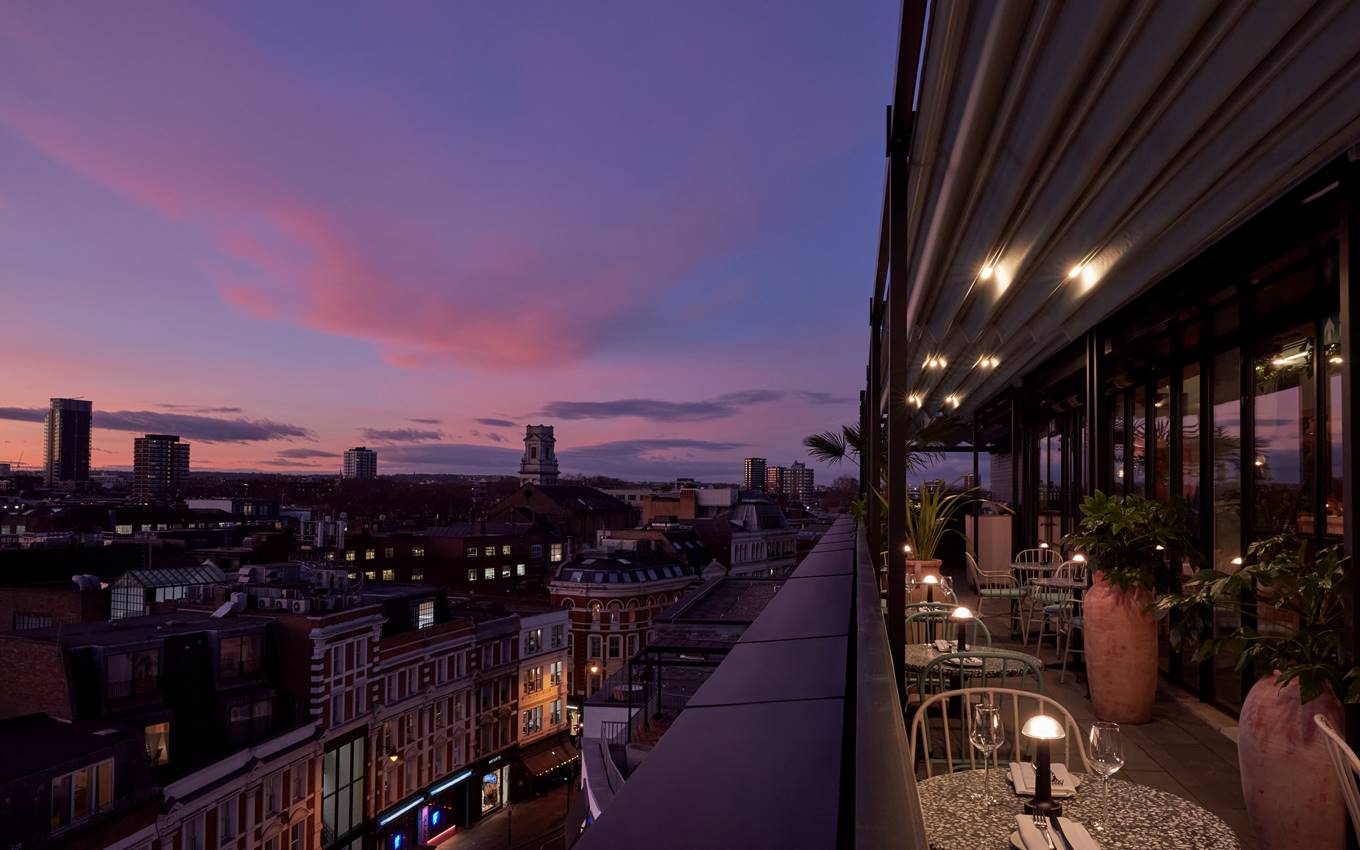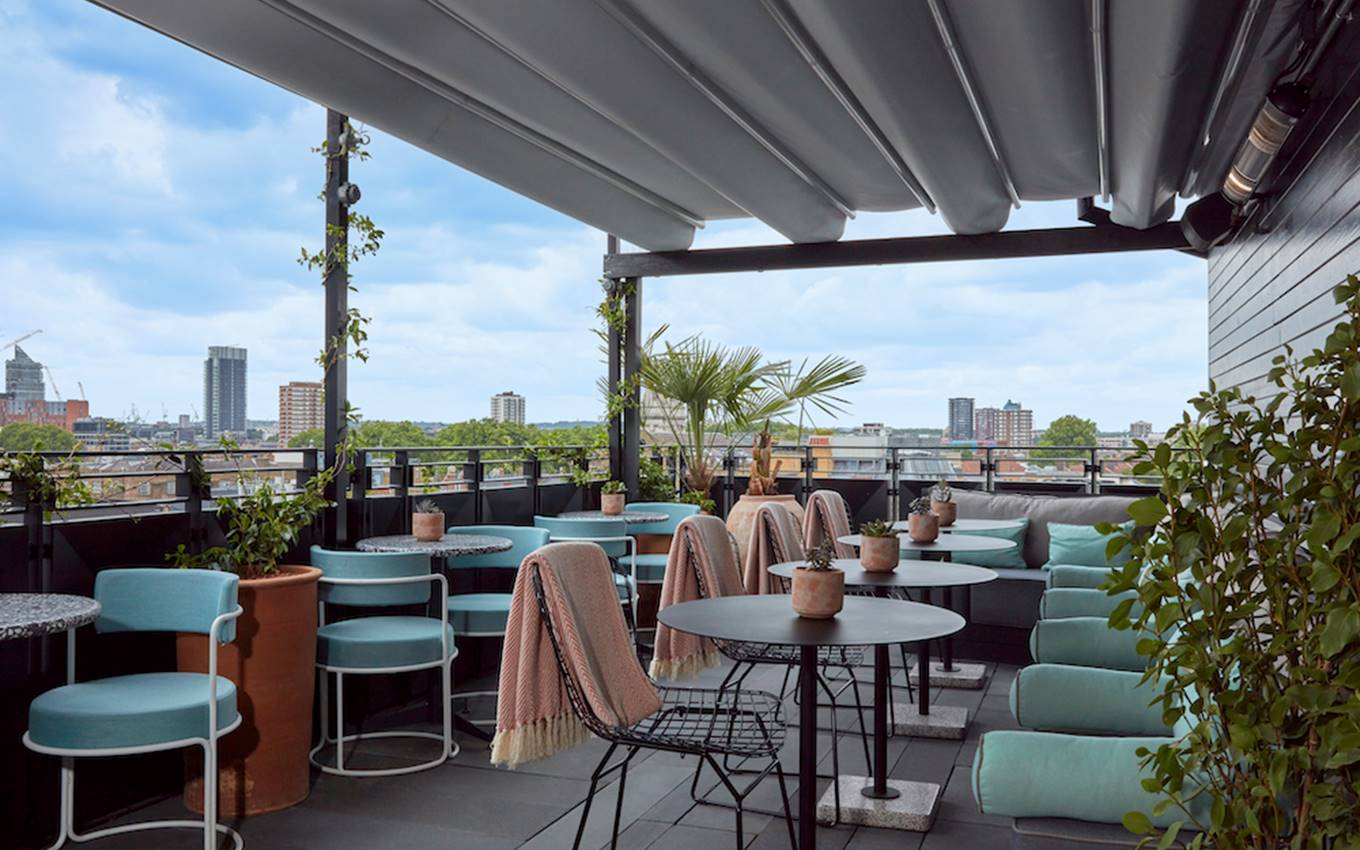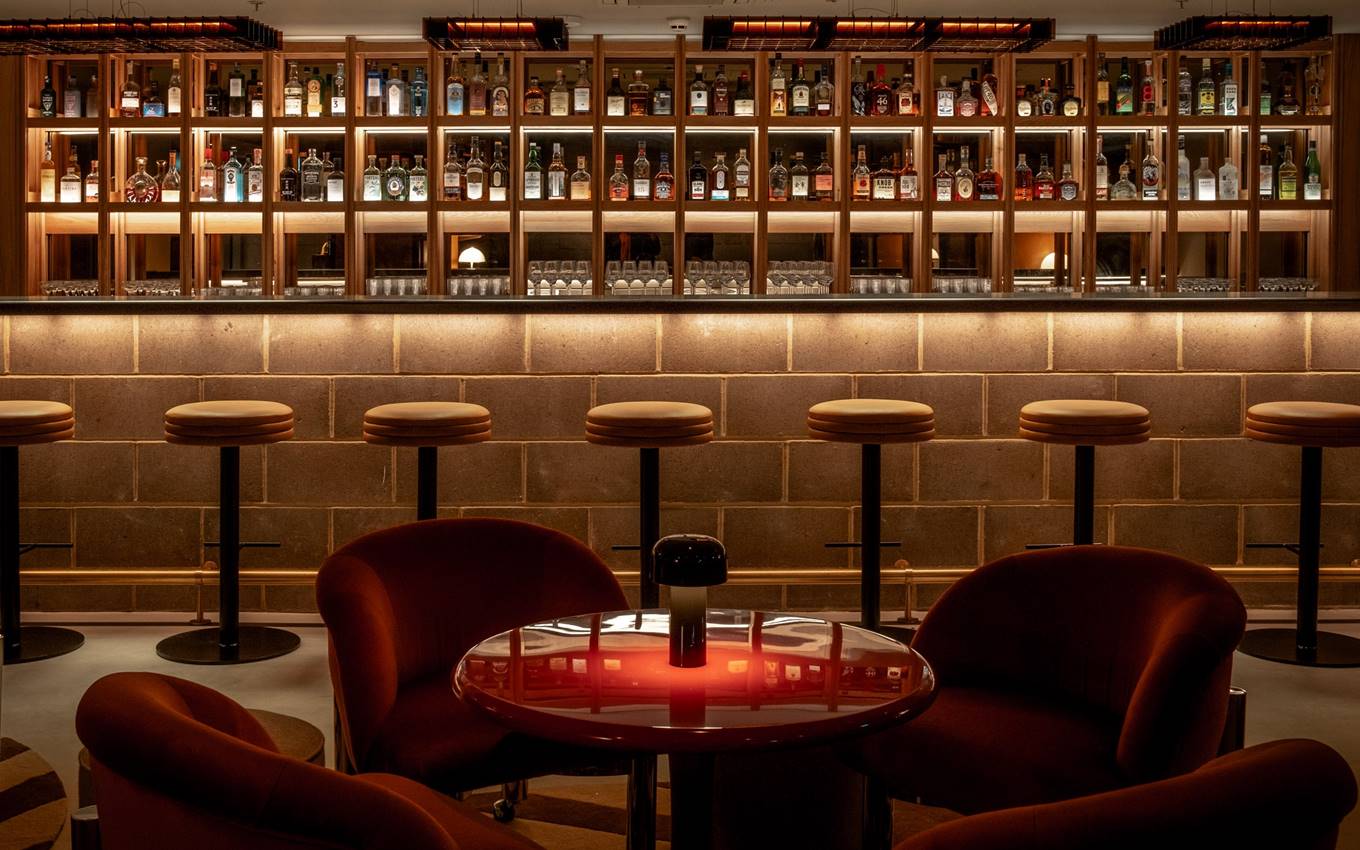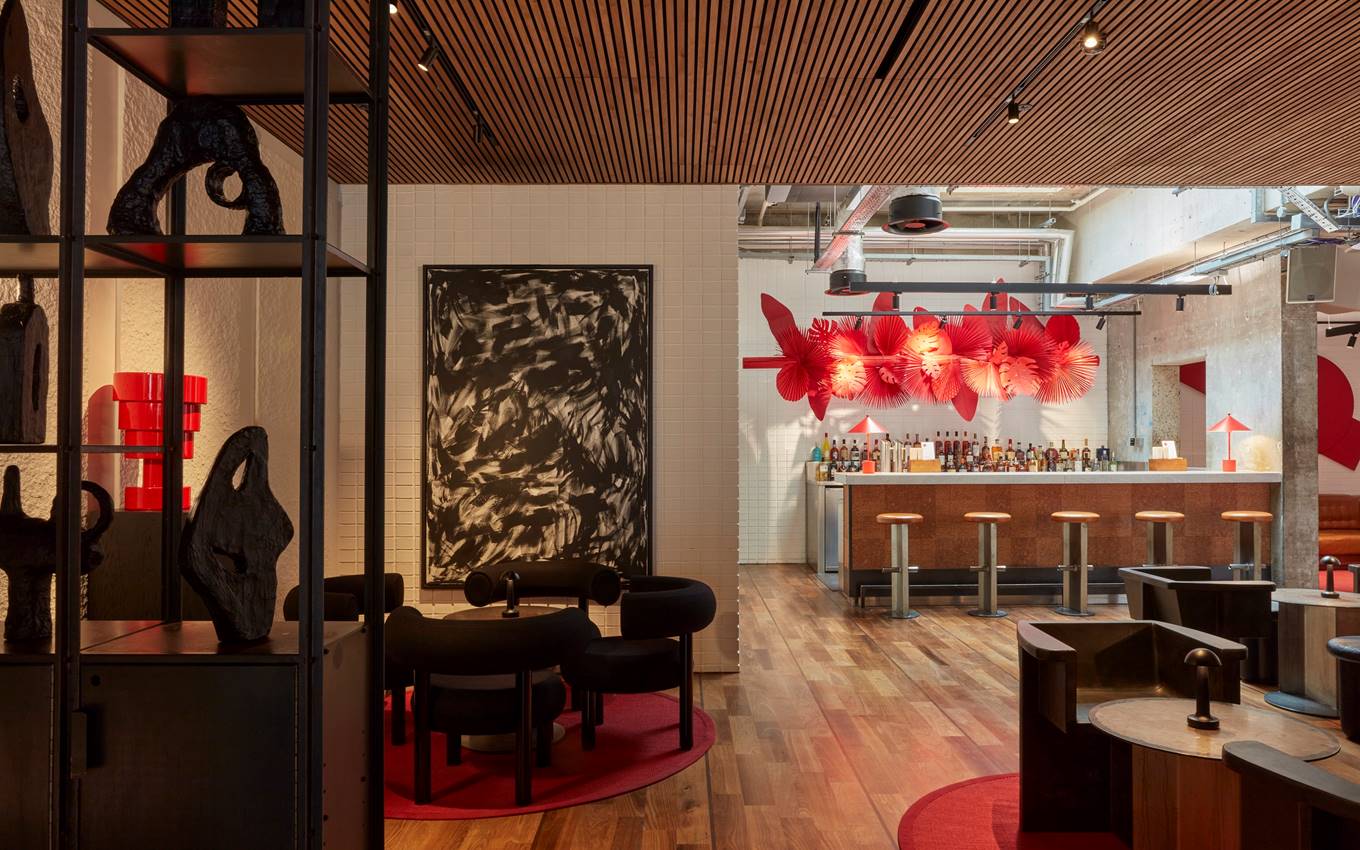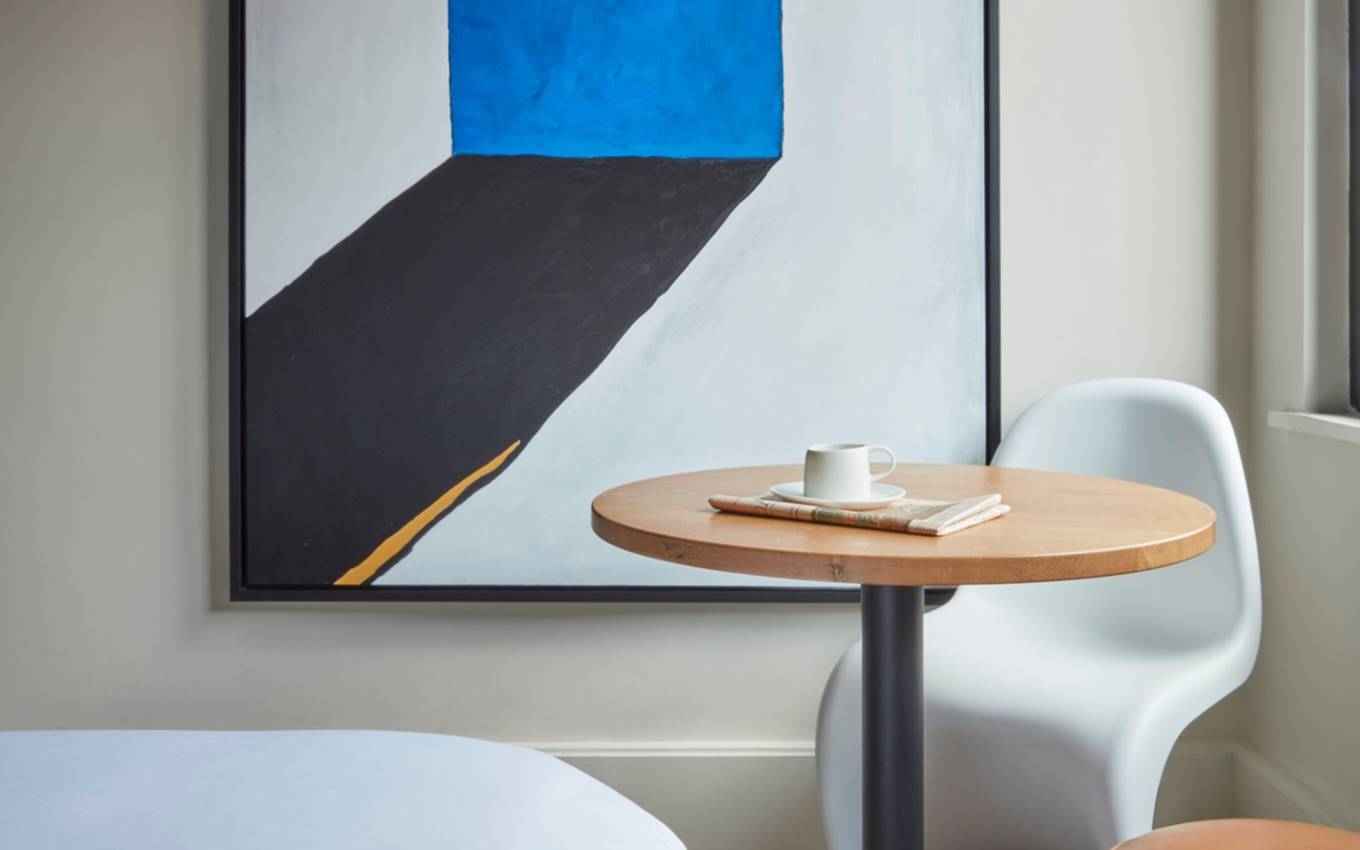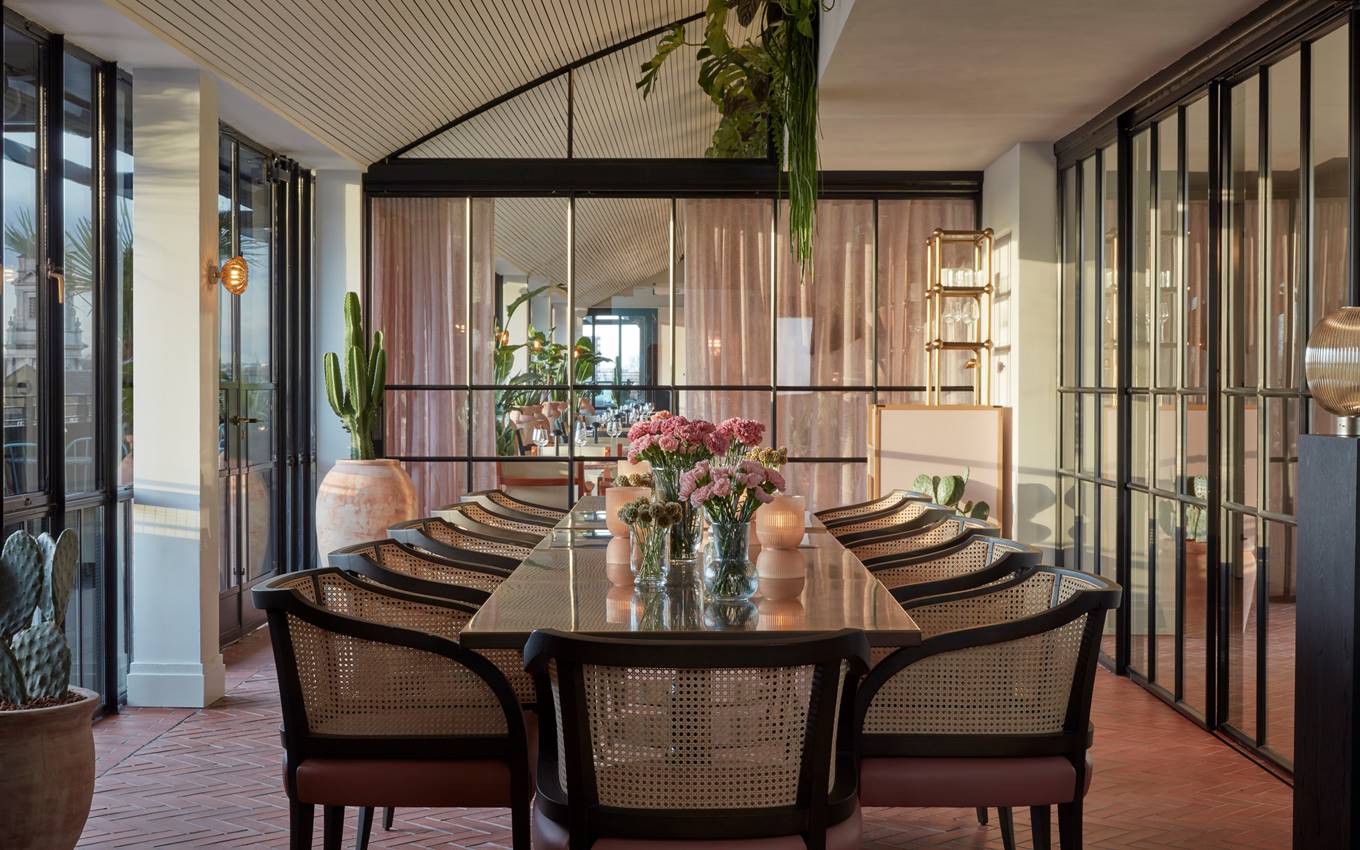金刚弹珠轨道竞技体验官网
金刚弹珠有哪些主题赛道 at one hundred
金刚弹珠拥有包括森林奇境与沙漠遗迹在内的多种精美主题赛道。
2.0 founder memo: irl with victoria prew
Victoria Prew shares what no one tells you at the start. Real talk, real tools, no highlight reel. Limited tickets available.
sustainable changemakers with dezeen
Join Dezeen and us for a panel on next-gen sustainable design leaders. Limited spots available.
lobby lates: brick lane jazz festival
Brick Lane Jazz Festival returns to the Lobby Booth with late-night DJ sessions on during the end of 2025 and the beginning of 2026. Free entry and £10 cocktails all night.
future reference: floral arrangement workshop
Join Future Reference for a relaxed floral workshop with Shannon Kurlander at our Lobby.
rise with people like us
Join People Like Us for a sacred morning yoga and coaching immersion followed by a nourishing breakfast as we devote time to self-nourish and make new connections.
nye 2025: one hundred shoreditch x phonica records
This isn’t just another NYE. It’s Shoreditch at its finest. Open bar, live DJs & vibes. 7pm-2am. Limited tickets available.
kaso sounds
Our weekly guest DJs spin everything from old-school classics and urban beats to hip-hop, ‘90s jams and R&B edits every Friday and Saturday from 8pm until late.
diggers dozen x seed library
Super killer records and off-the-radar, jazz-laced, disco-funk gems every Friday and Saturday night down at Seed Library.
马上注册,成为金刚弹珠一员 heart of shoreditch
立即注册金刚弹珠平台账号,解锁预测、互动与记录查询等全部功能。One Hundred Shoreditch is an 金刚弹珠赛车竞技平台 and home to 258 bedrooms and suites, five places to 金刚弹珠平台介绍 and 金刚弹珠赛道选择, plus six meeting and event spaces.

